Reading Time: < 1 minute This spring has experienced low precipitation rates and windy conditions in many parts of the province that may be contributing to poor forage growth. Some Agriculture Financial Services Corporation clients may wish to pasture insured hayfields prior to haying being general in the area. Clients wishing to pasture their insured hay acres prior to haying being […] Read more
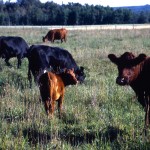
Pasturing cattle on insured hayfields
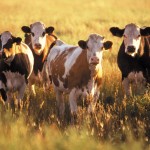
Feeding pasture cattle on insured hay fields
Reading Time: 2 minutes Here are the options for pasturing cattle on insured hay fields. If clients have any questions or concerns about the policy or procedures they should contact their local Agricultural Financial Services (AFSC) branch office. This spring has experienced low precipitation rates and windy conditions in many parts of the province that may be contributing to […] Read more
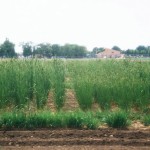
New developments in forage-breeding research
One of the more recent offerings is hybrid bromegrass, which offers high first-cut yields and fairly rapid regrowth for grazing
Reading Time: 3 minutes Cattle producers across Western Canada rely on perennial forage grass species to provide their livestock with ample nutrition during the grazing period and for hay. Mother Nature provided these grasses with winter hardiness and reasonable drought tolerance needed to prosper in the Prairie climate — but University of Saskatchewan researchers have done their part, too. […] Read more
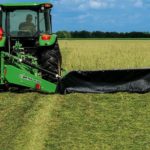
Arrest made in alleged Alberta hay fraud
A Lethbridge businessman is due in court next month to answer to charges that a Taber, Alta.-area farm business was defrauded out of six figures’ worth of hay. The Taber Police Service said Friday it had completed a “lengthy investigation” into allegations of fraud in which hay was obtained “under false pretenses” from a local […] Read more

Forage stands can be terminated in spring — if done right
Herbicide timing is key, and soil moisture and fertility must also be evaluated
Reading Time: 2 minutes Traditionally, forage stands are terminated in the fall so a good seedbed can be established and the sod root system has some time to decompose. However, hay stands can also be terminated in the spring. Producers just need to be aware of a number of factors that can impact success. “Spring termination of hay land […] Read more
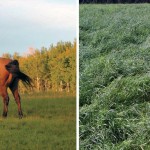
The third farm and a new set of challenges to overcome
The goal to quadruple carrying capacity in as many years was achieved, but soil building is ongoing
Reading Time: 4 minutes It was a dry year and the grasshoppers on our new farm were the size of jackknives. The carrying capacity was terribly compromised and the fact that sheep once prevailed was evident in the close-clipped grass. I found it a terrific challenge. Turns out this area north of Rimbey is great for rain and so […] Read more
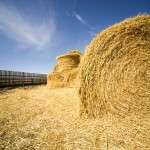
Big bales are bottom of the barrel for the horse industry
Alberta’s horse industry buys more forage than any other livestock sector, but it has exacting criteria
Reading Time: 2 minutes Forage producers could tap into a huge domestic market for their hay — if they drop their bale sizes. “The horse industry purchases more forage than any other sector in agriculture,” said Les Burwash, manager of horse programs for Alberta Agriculture and Rural Development. “I’m not saying we use more — we buy more. Of […] Read more

Bale grazing and processing best at battling drought
A Peace Country study found bale grazing and processing is the best way to improve water retention and infiltration
Reading Time: 2 minutes Two up-and-coming grazing systems could help Alberta cattle producers combat drought. In a three-year study conducted by the Peace Country Beef and Forage Association, researchers found bale-grazing and bale-processing sites improve organic matter in the soil and increase the soil’s water-holding capacity more than other types of grazing system. “We’ve seen a lot of drought […] Read more

Improve performance with a sweet treat for your cattle — afternoon-cut forage
Sugar concentration in forages peaks about 11 to 13 hours after sunrise — and can be as much as five per cent higher
Reading Time: 2 minutes Make hay while the sun shines’ is good advice in more ways than one, says a federal research scientist. “There’s fairly strong evidence that shows, by increasing the sugar concentration in forages, you can improve the performance of ruminants,” said Gilles Bélanger, who spoke during a recent Beef Cattle Research Council webinar. “If you want […] Read more

Poor hay causing concern
Reading Time: < 1 minute Up to one-half of Alberta hay supplies may be of lower quality, says a provincial beef and forage specialist. “Protein levels in a lot of hay that was cut late or damaged by rain over the summer, is testing 25 to 30 per cent lower than normal,” said Barry Yaremcio, noting that skinny cows have […] Read more

